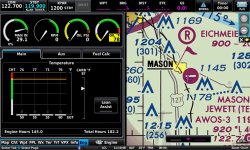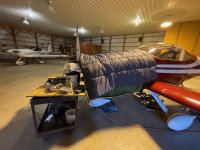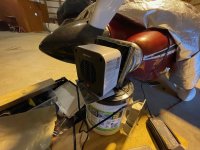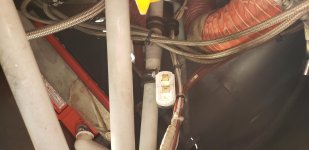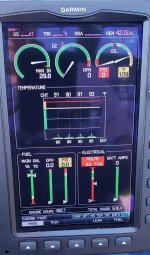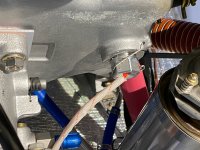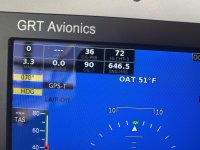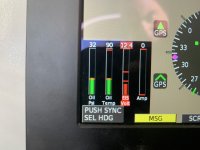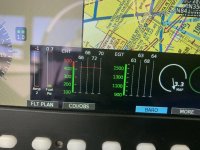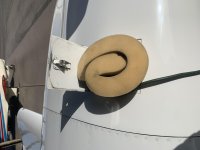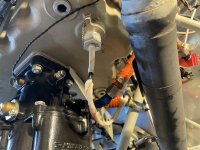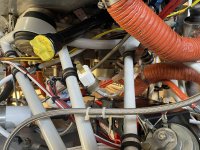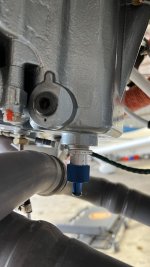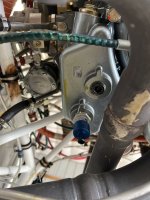catmandu
Well Known Member
During this year's condition inspection I took the opportunity to put the heater into the front left drain plug hole on our IO-540. We had an early-ish version, with a shorter cord, but had no problem routing the wire up through the baffles, securing the plug with adel clamps right next to the oil dip stick. It is easily accessible via the oil door on the cowl.
For the first flight post inspection, I went to the hangar and plugged in the heater the night prior, with a moving blanket over the cowl, stuffing the intakes with the edge of the blanket. It got down to 14°F overnight, and OAT indicated 25° when I rolled the plane out for the flight. When I fired up the panel, the oil temperature was at 85°F!!! Much better than the typical 60° I would find after using a ducted milk house heater into the bottom of the cowl under similar conditions.
Winner!
For the first flight post inspection, I went to the hangar and plugged in the heater the night prior, with a moving blanket over the cowl, stuffing the intakes with the edge of the blanket. It got down to 14°F overnight, and OAT indicated 25° when I rolled the plane out for the flight. When I fired up the panel, the oil temperature was at 85°F!!! Much better than the typical 60° I would find after using a ducted milk house heater into the bottom of the cowl under similar conditions.
Winner!
Last edited:



